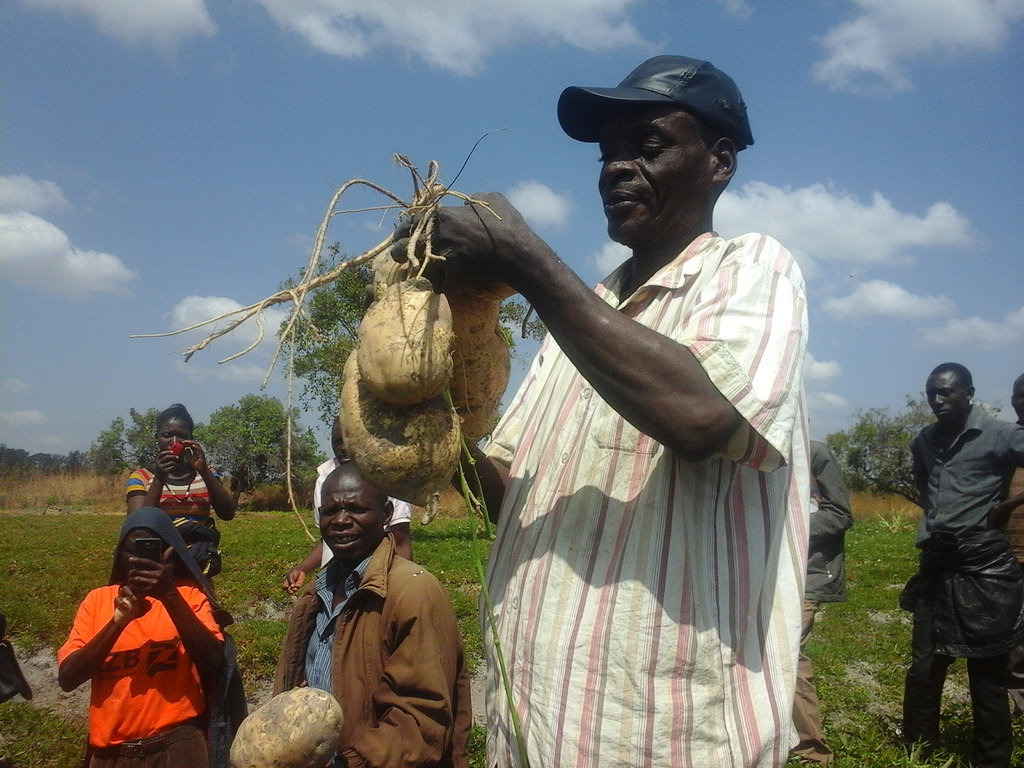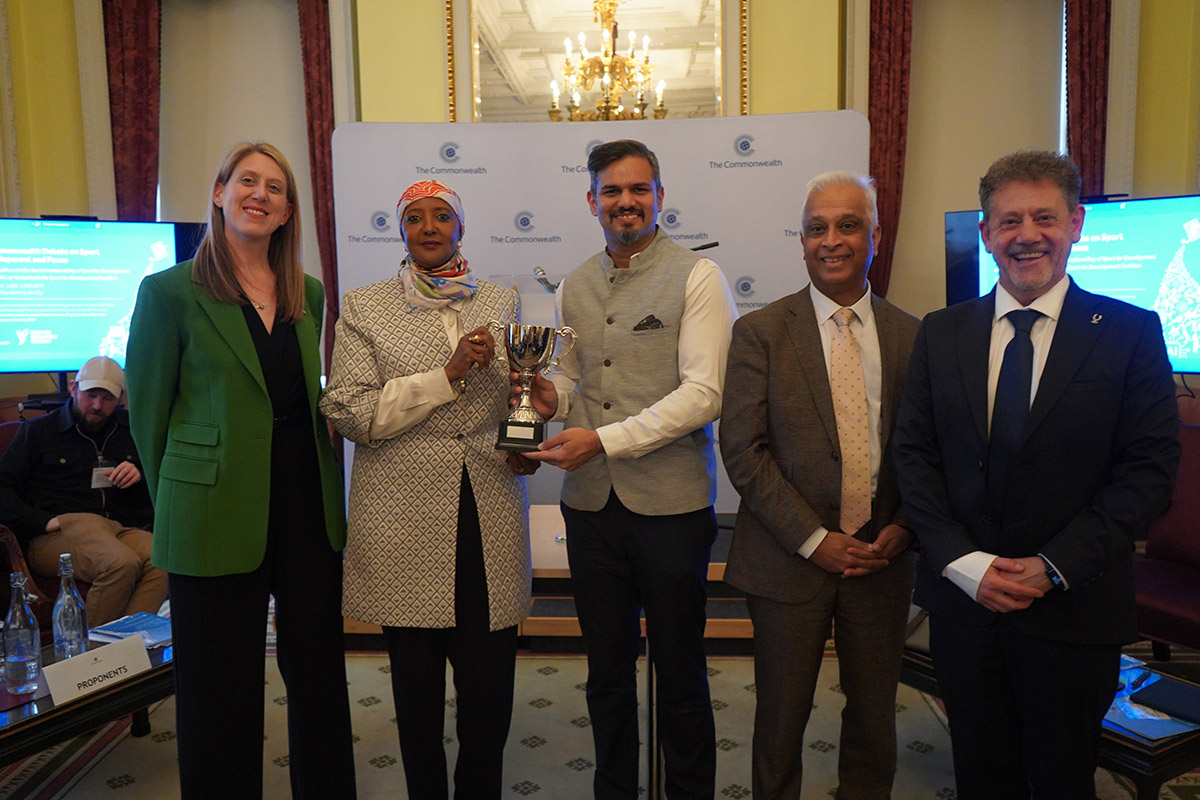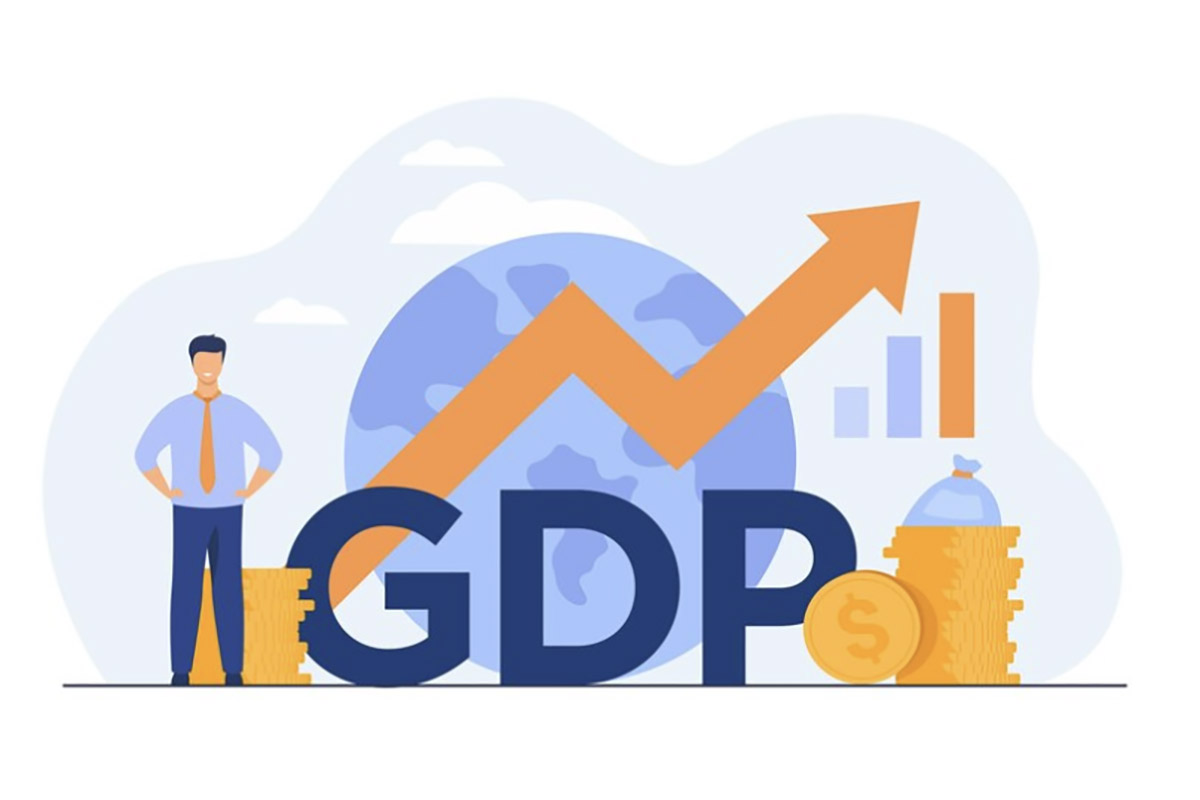“Strategy for climate-smart agriculture”
September 15th, 2017 Nancy Saili, 25, a Correspondent from Solwezi in Zambia, notes that agricultural is the backbone of the Zambian economy, alleviating problems of poverty and offering sustainable economic growth. But local climate change has affected crop yields, prompting need for new practices.
Nancy Saili, 25, a Correspondent from Solwezi in Zambia, notes that agricultural is the backbone of the Zambian economy, alleviating problems of poverty and offering sustainable economic growth. But local climate change has affected crop yields, prompting need for new practices.
Developing world countries like Zambia rely heavily on rain-fed agriculture and are adversely affected by effects of climate change. In many countries, increasing climate variability has had a direct influence on the quantity and quality of agricultural production, in turn causing uncertainty in projections of food production. Long term climate variations are likely to increase stress on food production and may lead to poverty in regions where agricultural production is the main source of livelihood.
Yet the agricultural sector is among the main sources of climate-impacting emissions in Zambia. As a result, the government is persuading thousands to adopt Climate Smart Agriculture such as Conservation Farming and Agro-forestry.
In the past, many parts of the country practiced the ‘slash and burn’ type of agriculture, which is popularly known as the Chitemene System. It involves the cutting down trees, stacking them and then burning them to create a thick layer of ash. Crops such as maize, finger millet, sorghum or cassava are then planted. However, agricultural productivity of the Chitemene field is limited to only a few years. When yields begin to decline, a new area is cleared and the initial site is left bare. This type of agriculture contributes to emissions, air pollution and loss of biodiversity. Recently, programs are being developed to discourage this type of agriculture.
Some farmers are already practicing conservation agriculture but the Conservation Farming Unit (CFU), an independent organization in Zambia, is hoping to persuade thousands more to adopt these practices. Solwezi in North-Western Zambia is known for its mines, but now a conservation farming program has been put into place for the local people. Solwezi is endowed with favourable soils for agriculture and its people are in full support of the practice.
Inspired by the pioneering work of Zimbabwean farmer Brian Oldreive, the farming program teaches simple practices and can be viewed as a model for sustainable agriculture in a land where farmers have previously often exhausted the soil and moved on.
Conservation farming employs minimal tillage. Unlike traditional methods of burning plant residues, in conservation farming residue from crops are left on the land to minimize erosion and provide organic material. This reduces the need for expensive chemical fertilizers and furrows are created just deep enough to avoid turning up the earth, in turn keeping nutrients in the soil and retaining moisture. When the rains come, the water seeps gently into the soil. Farmers then plant their seeds and wait for the crops to germinate. The success of conservation farming is mainly that it can be practiced by anyone.Training shows participants how to work their plots of land and make efficient use of the inputs provided to them. Participants say the program has not only boosted crop yields but also the participants’ sense of pride through job creation opportunities. Through the program, participants have moved from subsistence to self-sufficiency.
Agriculture is one of the most destructive forces against biodiversity. However, conservation agriculture is a “win-win” for both farmers and environmentalists. Some of the benefits of this practice include less erosion, better water conservation, improvement in air quality due to lower emissions, soil structure improvement, nutrient retention, soil organic matter enhancement, reduced labour input, precise and efficient use of seed, fertilizer and manures, and higher yields.
Agro-forestry is a component of conservation farming that involves planting trees directly amongst crops so that both will benefit. The benefits include nitrogen fixation, restoration of agricultural yields, increase in food security, income generation and reduced pressure to clear nearby forests. This practice is the thread that unites the agriculture and forestry sector in Zambia, making it a world leader in agro-forestry and an example for other countries to follow.
Conservation farming is a key step in fighting climate change, as resources are conserved for future generations. It is a good way of reducing fossil fuels as minimum tillage results in fewer greenhouse gases being emitted into the atmosphere, and less use of chemical fertilizers lessens pollution levels in the air, soil and water. It may be effective as many people will be involved in the practice if government sets up more programmes to train farmers and encourage them to employ good agricultural practices. It will also put us on the right path to meet the increasing demand for food.
It would be wise for our government to push for more programmes that encourage climate-smart agricultural practices and are at the same time sustaining for the economy. Conservation agriculture is one of the factors that unite social, economic and environmental sustainability. We have the solutions to the problems that we are currently facing, and now is the time to take action and help create a better future for all.
photo credit: africarising A government extension agent holds up big OFSP roots harvested from the Mumbas’ farm during a field visit organized by the Africa RISING project team. Photo credit: Simon Mudenda/CIP. via photopin (license)
…………………………………………………………………………………………………………………
About me: I am very passionate about the environment, human rights, young girls and women related issues. I am a writer and hope to teach creative writing in the future. I love art, photography and film and like to use them as tools to address various issues facing us all.
I am currently a PEPFAR DREAMS ambassador, a youth voice at Global Dialogues Trust and a Climate Tracker/coordinator at the climate tracker Africa hub.
…………………………………………………………………………………………………………………
Opinions expressed in this article are those of the author and do not necessarily represent the views of the Commonwealth Youth Programme. Articles are published in a spirit of dialogue, respect and understanding. If you disagree, why not submit a response?
To learn more about becoming a Commonwealth Correspondent please visit: http://www.yourcommonwealth.org/submit-articles/
…………………………………………………………………………………………………………………




